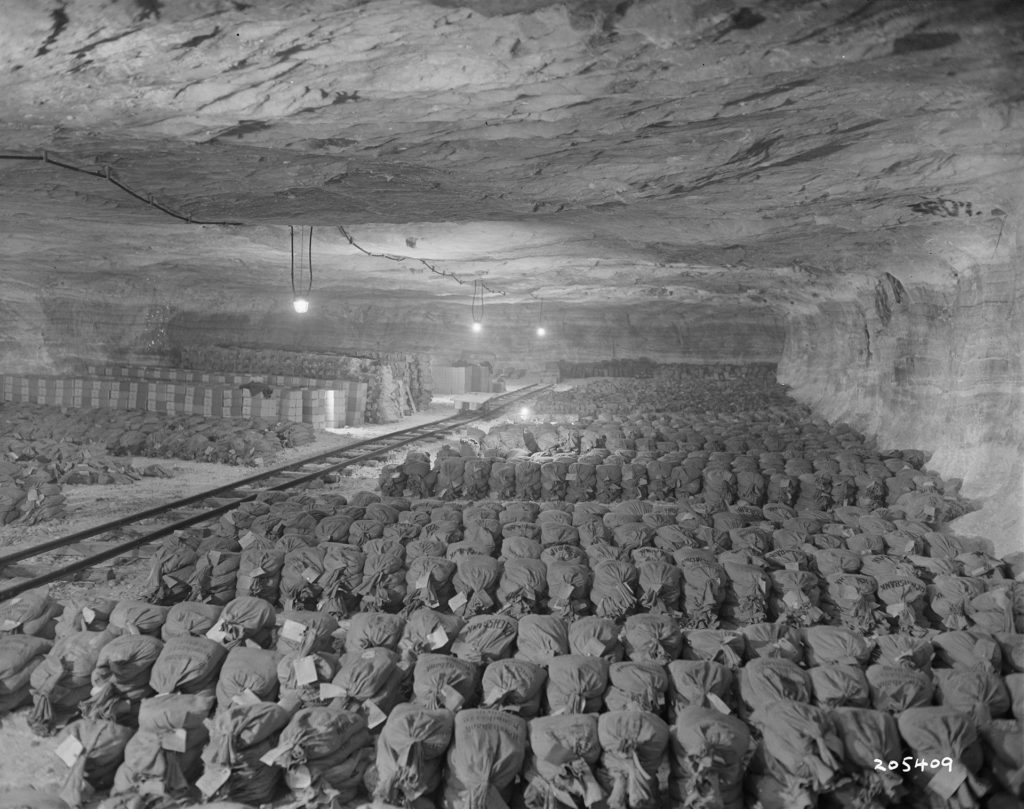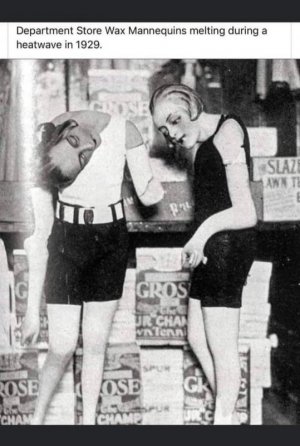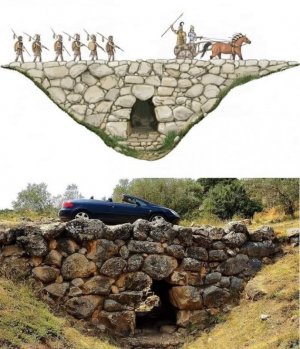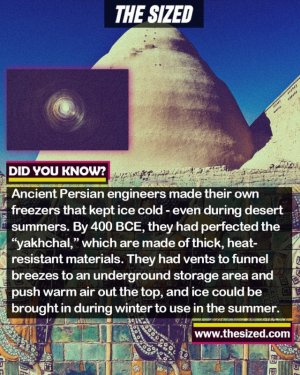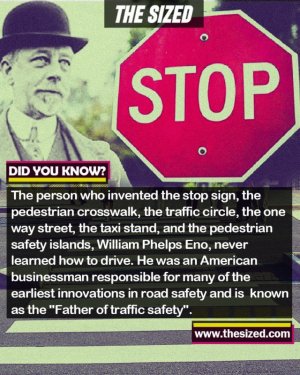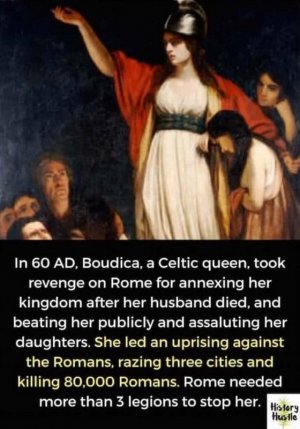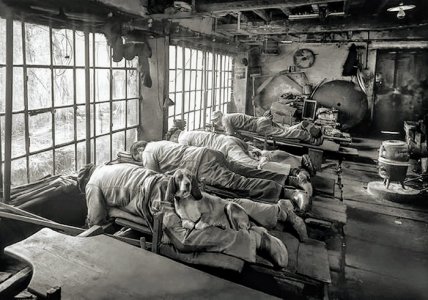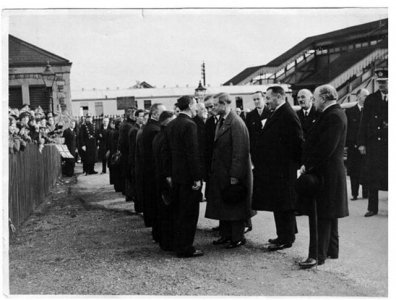You are using an out of date browser. It may not display this or other websites correctly.
You should upgrade or use an alternative browser.
You should upgrade or use an alternative browser.
History, anything goes, including pictures
- Thread starter mellowyellow
- Start date
Pappy
Living the Dream
CBC Radio did a spot on this a few years ago. It is a great concept .. akin to free counseling.
RadishRose
SF VIP
- Location
- Connecticut, USA
That's hilarious!
Paco Dennis
SF VIP
- Location
- Mid-Missouri
A picnic at Los Angeles' California Alligator Farm, where patrons were allowed to mingle freely among trained alligators from 1907 to 1953.
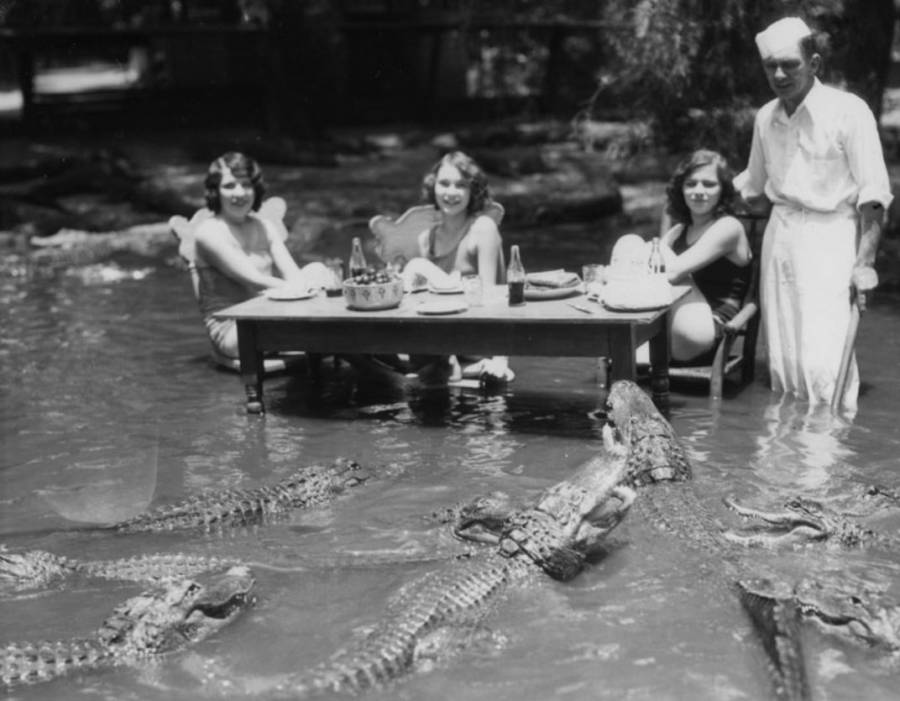

Geezer Garage
Senior Member
- Location
- Steamboat Springs CO
Don't want to know what the cockpit smelled like.
Malling-Hansen Writing Ball
This mechanical gadget is a typewriter. It was designed in 1867 and patented in 1870. At that time, it was a technological wonder and fifty years ahead of its time.
The unique design of this typewriter turns it into a highly sought-after collectible. The estimated price of this machine is about $80,000.
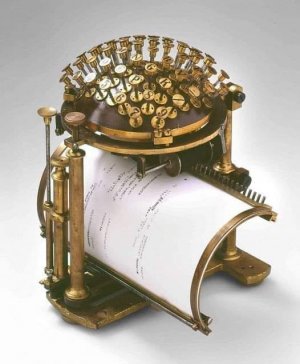
This mechanical gadget is a typewriter. It was designed in 1867 and patented in 1870. At that time, it was a technological wonder and fifty years ahead of its time.
The unique design of this typewriter turns it into a highly sought-after collectible. The estimated price of this machine is about $80,000.

Bretrick
Well-known Member
- Location
- Perth Western Australia
Taz debuts in "Devil May Hare" in 1954.
Taz is generally portrayed as a ferocious, albeit dim-witted, carnivore with a notoriously short temper and little patience.
He got his name in the short Ducking the Devil, where he is described as a "vicious, evil-tempered brute with jaws like a steel trap".
Though he can be very devious, he is also sweet at times.
His enormous appetite seems to know no bounds, as he will eat anything in his path.
He is best known for his speech consisting mostly of grunts, growls, and rasps as well as his ability to spin like a vortex and bite through nearly anything.
Not the full Cartoon
Taz is generally portrayed as a ferocious, albeit dim-witted, carnivore with a notoriously short temper and little patience.
He got his name in the short Ducking the Devil, where he is described as a "vicious, evil-tempered brute with jaws like a steel trap".
Though he can be very devious, he is also sweet at times.
His enormous appetite seems to know no bounds, as he will eat anything in his path.
He is best known for his speech consisting mostly of grunts, growls, and rasps as well as his ability to spin like a vortex and bite through nearly anything.
Not the full Cartoon
Bretrick
Well-known Member
- Location
- Perth Western Australia
November 2 - 1994
Hubble Space Telescope observes the rings of Uranus.
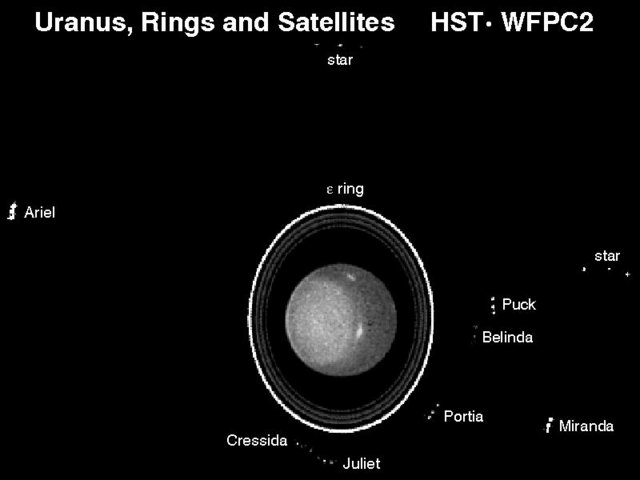
This Hubble telescope snapshot of the planet Uranus reveals the planet's rings, at least five of the inner moons, and bright clouds in the Southern Hemisphere. Hubble allows astronomers to revisit the planet at a level of detail not possible since the Voyager 2 spacecraft flew by the planet briefly, nearly a decade ago.
This picture is a combination of images showing the motion of the inner moons. Each inner moon appears as a string of three dots. Thanks to Hubble's capabilities, astronomers will be able to precisely determine the moons' orbits.
Hubble Space Telescope observes the rings of Uranus.

This Hubble telescope snapshot of the planet Uranus reveals the planet's rings, at least five of the inner moons, and bright clouds in the Southern Hemisphere. Hubble allows astronomers to revisit the planet at a level of detail not possible since the Voyager 2 spacecraft flew by the planet briefly, nearly a decade ago.
This picture is a combination of images showing the motion of the inner moons. Each inner moon appears as a string of three dots. Thanks to Hubble's capabilities, astronomers will be able to precisely determine the moons' orbits.
Bretrick
Well-known Member
- Location
- Perth Western Australia
On this day in 1979 North Wales set an unusual world record - without even trying.
The record, verified by Guinness, was for the longest lasting rainbow.

It shone over Gwynedd and Clwyd for more than three hours.
The rainbow held the record until 1994, when it was beaten by a rainbow in Sheffield that lasted for six hours.
And it was only in 2017 that Sheffield's record was broken, when a rainbow in Taipei, China, lasted for nearly nine hours.
The record, verified by Guinness, was for the longest lasting rainbow.

It shone over Gwynedd and Clwyd for more than three hours.
The rainbow held the record until 1994, when it was beaten by a rainbow in Sheffield that lasted for six hours.
And it was only in 2017 that Sheffield's record was broken, when a rainbow in Taipei, China, lasted for nearly nine hours.
Supernatural
Senior Member
HISTORICAL SPOILER ALERT!
We love watching films which uses real life facts into their fictional stories.
One such recently is "Indiana Jones and the Dial of Destiny" aka IJ5. It's about Archimedes Dial. The character Helena speaks of a discovery by Sponge divers.
Here's the find in 1900
Antikythera mechanism - Wikipedia
We love watching films which uses real life facts into their fictional stories.
One such recently is "Indiana Jones and the Dial of Destiny" aka IJ5. It's about Archimedes Dial. The character Helena speaks of a discovery by Sponge divers.
Here's the find in 1900
Antikythera mechanism - Wikipedia
Furryanimal
Y gath o Gymru
- Location
- Wales
Lewkat
Senior Member
- Location
- New Jersey, USA
RadishRose
SF VIP
- Location
- Connecticut, USA
Whiskey Rebellion History, Details, and Impact
Compromise of 1790 — The Federal Government Assumes War Debt
In 1790, Alexander Hamilton, Thomas Jefferson, and James Madison brokered a compromise that:- Allowed the Federal Government to assume outstanding debts that any states still had from the American Revolutionary War, which was what Hamilton, the Secretary of the Treasury, wanted.
- Set the permanent location of the new nation’s capital in the South, which is what Jefferson and Madison wanted in return for allowing the debt assumption plan.
The 1791 Excise Whiskey Tax —Alexander Hamilton Urges Congress to Levy Taxes to Pay Down the War Debt
In 1791, Hamilton recommended that Congress used its new constitutional authority to “lay and collect Taxes, Duties, Imposts and Excises” in order to pay down its debt. This debt included the debt that had been assumed in 1790. Some critics of Hamilton believe he wanted the government to assume the debt in order to create the need for federal taxation.On January 21, 1791, Congress passed the Excise Whiskey Tax by a margin of 35-21. It levied a federal tax on all alcohol that was produced in the United States and alcohol that was imported into the United States. The money collected from the new taxes was earmarked to retire — or pay off —the debt that had been assumed by the Compromise of 1790.
Mr. Ed
Be what you is not what you what you ain’t
- Location
- Central NY
The Unknown Location of Hitler’s Stolen Wealth
Valued at a whopping $4 billion, Hitler’s wealth is supposedly the largest cache of loot ever recorded.With unimaginable stacks of looted gold bars, these looted riches disappeared from the vaults of the German Reichsbank, away from the public eye.
Many years after the Second World War, separate troves of looted valuables stolen during the war were found across the breadth of Europe — from Sweden to Spain, Switzerland, and Portugal. But these treasures could hardly compare to Hitler’s alleged hoard of loot.
